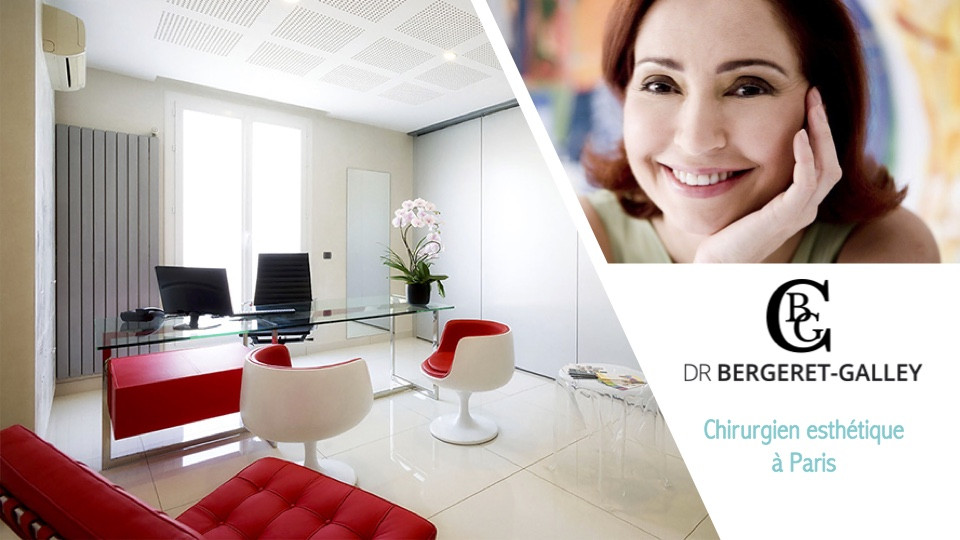
Peeling of the skin is done to remove wrinkles, sun damaged skin, uneven pigmentation and small scars, like acne scars.
This can be done in three different ways.
With lasers, and there are several different laser machines on the market to accomplish this . Some works only very superficial to remove part of the epidermis. This gives a quick healing, but also less effect on the result. Some goes deeper, down to the dermis, to give a better effect on deep wrinkles and scars, but demands a longer healing time, 1 – 2 weeks.
With mechanical dermabration, the same result can be accomplished ( superficial – deep peeling ) with a similar effect on healing time .
Finally we have chemical peeling that has a history on the market that goes back more than 90 years. With different chemical solutions, we can create different depth for the peeling of the skin, and thereby balancing the desired result to the healing time.
Most shallow is the Glycolic Acid peelingwhich has no healing time at all, and can be done during a lunch hour. Several treatments are necessary to give sun damaged skin, a smooth surface and an even colour.
A medium peeling is done with 20% Trichloroacetic acid (TCA).It gives no open wounds,but the skin becomes red and peels off in 3 – 5 days. Like a severe sunburn with a downtime of 5 – 7 days.
A deeper peeling with Croton Oil, gives a total new skin with an even colour, almost all wrinkles gone and a long lasting result - more than 20 years ! This requires some hospitalisation. Healing time is 2 weeks, after which the new skin is red for several months and requires make-up (just like the deeper laser peelings ). The laser peelings however, do not give the same profound rejuvenation effect on the skin and are not as long lasting.
The surgeon will prescribe treatments (creams, antibiotics, etc….) a 4 – 6 weeks prior to the procedure to prepare the skin and obtain the best results.
The operation will take place using local anaesthesia plus light intravenous sedation. Hospitalization can take a few hours to half a day. After a deeper peeling , you will need some aftercare daily for the first week
Right after the procedure, your skin will be quite red and swollen. The outer layer of skin falls off , like when you burn yourself by hot water. The underlaying skin layer needs to be protected during the healing period, and must therefore be covered by ointment all the time as a new layer of tight, pink skin forms underneath. Your surgeon may recommend an ointment to make you more comfortable. If ointment is applied immediately after surgery, little or no scab will form. Pigmentation will return at the end of one month. The patient must avoid exposure to the sun for several months. Sun block and the use of non-allergenic makeup is recommended. The surgeon will also prescribe a treatment (analgesic, anti-inflammatory, antibiotic, anti-herpes…)
All surgery carries uncertainty and risk, complications are always possible but exceptional (anaesthesia problems, infection). Specific complications are rare but possible.
The convalescence is tough, but the results are spectacular. The new skin as it heals gives a look, a smoothness and a tone, like 20 years ago. Your face will be tight and free of wrinkles. Pigmentation is homogenous. No other surgery can give anything close to this.
Do you wish to have a consultation with Doctor Bergeret-Galley ?
Contact us here

Question
Amina
Quels sont les traitements pour les taches brunes et les cicatrices d'acné ?
Réponse
Dr Bergeret-Galley
Le meilleur traitement des taches brunes et des cicatrices est la dermabrasion, mais on peut aussi appliquer une mésothérapie avec un élément blanchissant.